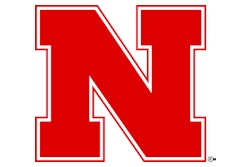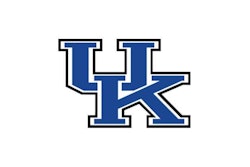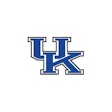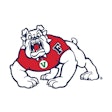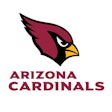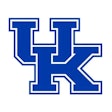Copyright 2018 Virginian-Pilot Companies LLC
All Rights Reserved
The Virginian - Pilot (Norfolk, VA.)
The NBA's G League tips off its 18th season Friday. The barnstorming developmental circuit includes 27 teams, including the Fort Wayne Mad Ants, Maine Red Claws and Sioux Falls Skyforce, playing before modest crowds in ordinary arenas.
For example, the Rio Grande Valley Vipers' home opener last November drew 3,471 to the State Farm Arena in Hidalgo, Texas. Former Phoebus High star Troy Williams, who played three seasons of college basketball at Indiana, scored a game-high 26 points for the Vipers.
Next season the NBA will offer those working conditions to "elite" prospects as they depart high school. The additional option for young people is welcome, but good luck to the G League outrecruiting Duke, Kentucky, North Carolina and other top-shelf college programs.
The preferred course would be for the NBA to reopen its draft to the year's high school graduates. Kevin Garnett, Kobe Bryant and LeBron James chose that avenue before the NBA and its players union decreed that prospects must be a year removed from high school to be draft-eligible.
Unveiled earlier this month, the G League initiative appears to be a provisional step until the NBA and the union lift their draft restriction. Moreover, how the NBA will define "elite" and how many players will qualify remain unknown.
The money is more precise. The one-year contracts for elite players will pay $125,000, more than three times above the $35,000 base salaries for the rank-and-file.
Cynics, only some in jest, say the $125,000 would represent a pay cut for many top college basketball freshmen. And given some of the testimony in the recent federal corruption trial that targeted the sport's recruiting underworld, they have a point.
But regardless of money, college basketball, replete with the charter flights and cutting-edge training, nutrition and medical care the G League lacks, is a better proving ground. There is also the prestige of competing on national television before raucous crowds and in the NCAA tournament.
"I think it's good," Virginia guard Kyle Guy said of the G League option. "If that's what you want to do, I'm not going to judge you. Do what you think is best for you. I wouldn't have gone that route. I always wanted to play college basketball and in March Madness. ... I wanted to get a degree. I promised myself I would."
Rivals.com rated Guy as the nation's No. 43 prospect out of Indianapolis' Lawrence Central High School in 2016. The primary question is whether other elites also value education, or want to tolerate the academic obligations of college, if only for a semester-plus.
"I think they'll get some," first-year Pittsburgh coach Jeff Capel said of the G League, "and if they have some guys that go and have success, I think there will be more. ... I think it's a great thing for young people to have opportunities and for them to be able to figure out what's best for them and their family.
"The reality is that college isn't for everyone ... and (it's great) to give them different opportunities, just like you give a tennis player, just like you give a golfer, just how you give a baseball player."
After working for Mike Krzyzewski at Duke the previous seven years, Capel understands top prospects better than most. He helped the Blue Devils sign Marvin Bagley III, Wendell Carter Jr., Jayson Tatum, Brandon Ingram, Jahlil Okafor and Justise Winslow, each of whom after one season for the NBA.
Preparing for his 43rd season as Syracuse's head coach, Jim Boeheim, 73, is 30 years older than Capel (73-43) and certainly more jaded. Absent an influx of cash to enhance the G League's infrastructure and player support systems, he doesn't envision many takers, and he's probably right.
"The NBA people I've talk to don't think this is a good thing for their league," Boeheim said. "Why would you want to have your franchise have a young kid that you're working with, developing, and then at the end of the year he's going to get drafted by one of your rivals and he's going to play for that team? That doesn't make a whole lot of sense. ...
"You're also talking about a 17-, 18-year old kid going to play against 25- and 28-year-old men. ... You can go to college, and you're going to be better than (most) everybody else. You're not going to be better than everybody else in the G League, I can tell you that. I don't care who you are."
David Teel, 757-247-4636, [email protected]
Read More of Today's AB Headlines
Subscribe to Our Daily E-Newsletter
Terms and Conditions Privacy Policy














